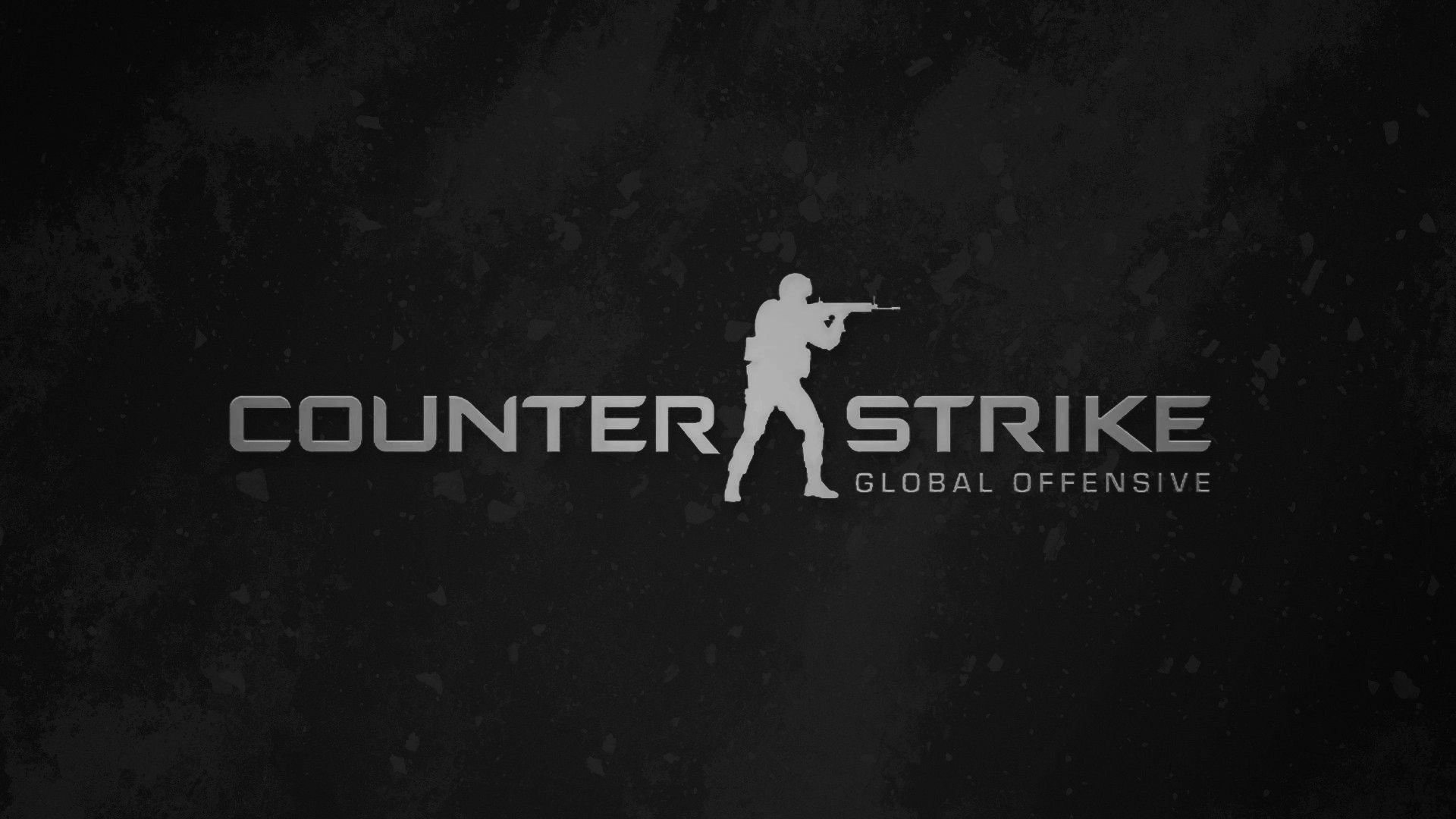The path from Silver I patent to Global Elite is very long. To get there, it's important to know how the patent system works and what it takes to climb competitive CS: GO.
Valve has never revealed much detail about the operation of this rated system, but there is plenty of information to help you better understand its mechanics. Discover several important details that will help you rank higher.
All CS: GO patents
The order of 18 patents starts at Silver I and goes to the Global Elite, where the best players from CS: GO play. Competitive:
1. Silver I (S1)
2. Silver II (S2)
3. Silver III (S3)
4. Silver IV (S4)
5. Silver Elite (SE)
6. Silver Elite Master (SEM)
7. Gold Nova I (GN1)
8. Gold Nova II (GN2)
9. Gold Nova III (GN3)
10. Gold Nova Master (GNM / GN4)
11. Master Guardian I (MG / MG1)
12. Master Guardian II (MG2)
13. Master Guardian Elite (MGE)
14. Distinguished Master Guardian (DMG)
15. Legendary Eagle (LE)
16. Legendary Eagle Master (LEM)
17. Supreme Master First Class (SMFC)
18. The Global Elite (GE)
Reaching the highest ranks may take a long time and you will have to play many games with players of your current level. Only a small percentage of players can achieve the Global Elite rank. You can see in this graph how players are distributed across the 18 patents.
As you can see, a large percentage of players find themselves battling Gold Nova ranks. If you get to Legendary Eagle, you are already in the top 10% of CS: GO. Also note that this month not even 1% of players reached Global Elite, which shows how the game is very competitive.
How to get your first patent
To be placed in a rank with a new account, you have to play 10 matches, where you can only have a maximum of two wins per day. Yes, at first it's kind of boring, but it was the safe method found to avoid ways to fool the system.
It may take a few days for you to receive your first patent, which can never be higher than Master Guardian II. From there you can play all the games you want per day.
Glicko-2 ranking system
Valve has confirmed that it uses a modified version of the Glicko-2 ranking system. This is an ELO rating method that assigns a player's score between two numbers (2000-3000) instead of a fixed number (1500). This makes the classification more accurate as the interval between the numbers indicates a fairer assessment.
The more games you make, the more data you will be giving the system to improve ELO. Then Clicko-2 narrows the gap between the two numbers to find the fairest rank.
However, ELO is a system that works well in games where one player plays against another. In CS: GO you play in a team of 5 and the individual impact is harder to classify. You can even kill 3 players, but it probably happened because your team created this opportunity.
How to rise patent
To protect the ranking system there is not much official information about the factors that help to rise in the ranking. If this information existed, many players would constantly seek individual glory rather than their team's success. That would definitely hurt the game a lot.
Our main advice is that you stay focused on team winning. Do not think that killing more or activating / deactivating the bomb will give you more points if you are losing matches. Individual performance is worth nothing if you lose .
In CS: GO Competitive matches there may be a difference between 5 patent levels. Then, if you beat higher level players, you can earn more points. But if you lose from lower level players, you will also be harmed.
If you do not play for a while, you may fall into patent. There are players who defend this as a strategy, and then get a winning streak against technically weaker players.
We recommend that you play regularly with a team with the same goals as you. If you play with random players, they may not have the same purpose or may not be interested in teamwork.


